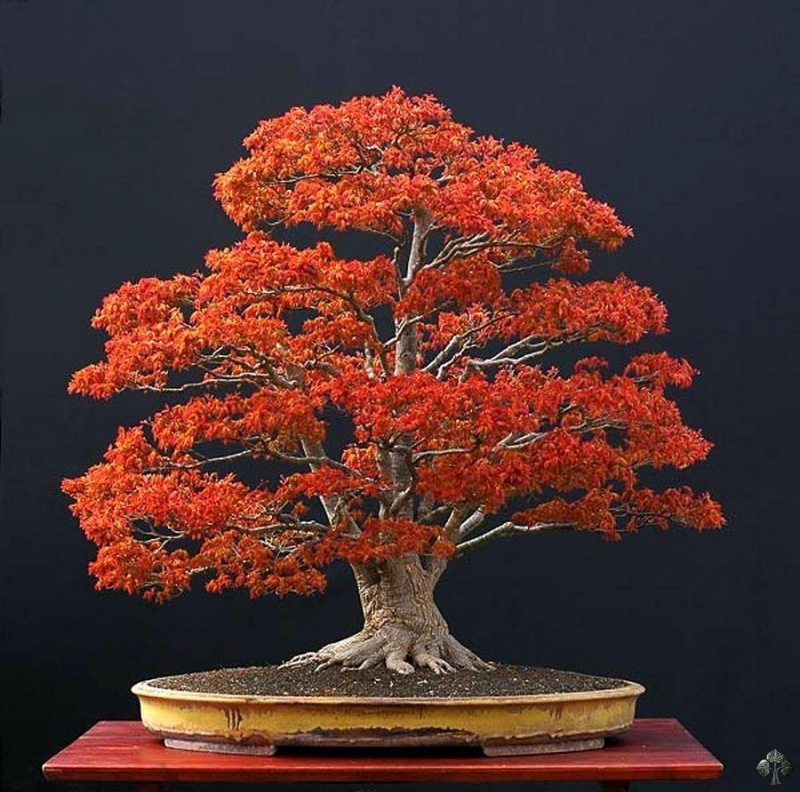A bonsai tree planted in an elegant pot is one of the most iconic symbols of the ancient Japanese art of bonsai. The harmony created between the miniature tree and its container is central to creating an aesthetically pleasing and authentic bonsai display In this comprehensive guide, I will walk you through everything you need to know about successfully growing a bonsai tree in a pot
Selecting the Right Bonsai Tree and Pot
The first step to growing a bonsai in a pot is choosing the right tree and container When selecting a tree, opt for varieties that are suitable for beginners, like jade, Japanese maple and ficus Ensure the tree’s care needs match your environment. Also pick a pot that complements the tree’s size and style, with proper drainage and shape. Glazed pots should reflect colors in the tree, while unglazed earth tones provide stability.
Preparing the Pot
Proper pot preparation promotes drainage and anchors the tree, Begin by adding a coarse gravel layer at the bottom for drainage, Then place a layer of pre-moistened bonsai soil suitable for the tree species Insert bendable anchor wires through drainage holes to secure the tree The pot is now ready for the tree!
Planting the Tree
When ready to plant, start by trimming excess roots and removing any dead roots on the tree. This facilitates positioning in the pot. Place the tree in the pot aligned to your desired shape. Fill the soil around the roots, eliminating air pockets with a chopstick. Top with gravel or moss to retain moisture. Water thoroughly to establish the planted tree.
Caring Techniques
Once planted, utilize these care tips:
- Water based on soil dryness, not a fixed schedule. Mist for humidity.
- Prune for shaping and remove dead material.
- Fertilize regularly since the pot limits root expansion.
- Repot every 2 years before pot-bound.
Creating the Ideal Soil Mix
Bonsai soil must be porous and nutrient-rich. Aim for a mix with:
- Compost for nutrients and moisture retention.
- Lava rock to prevent compacting and fertilizer buildup.
- Pumice for aeration, moisture and root support.
- Akadama for drainage and root absorption.
Achieving the Bonasi Aesthetic Through Harmony
The fusion of tree and pot is integral to bonsai. For harmony, match feminine trees with curvy pots and masculine trees with angular pots. Pot size, color and design should complement the tree. With the right components and care, you can cultivate a beautiful bonsai tree in a pot that brings serenity and wonder.
Creating a flourishing bonsai tree in a pot requires the right tree and container, proper planting techniques, attentive care and ideal soil. Follow the tips outlined above and you can successfully grow a bonsai that showcases the essence of this centuries-old art form. With some patience and the joy of nurturing nature in miniature, you’ll be able to craft and maintain a bonsai that you can cherish for years to come.

All you need to know about Bonsai Pots
FAQ
Can you keep a bonsai tree in a pot?
How big of a pot do I need for a bonsai tree?
What is the rule of 3 in bonsai trees?
How to pot a bonsai tree for beginners?
Can a bonsai tree be a pot?
A tree is a tree, a pot is only a pot. It does not become a Bonsai until these two are combined and form a harmony together. A large part of the art of Bonsai is the experience of a tree that has become detached from its ground and now lives in a pot. Actually, many containers can serve as a pot for a Bonsai tree, if they meet certain requirements.
How to choose a pot for a bonsai tree?
When choosing a pot for a bonsai tree, the shape of the pot should relate to the tree’s style. Straight trunk style bonsai trees balance better in rectangular pots, while soft-lined or curved trunk bonsai trees look better in round, oval, round-cornered, or rectangular pots.
Do bonsai trees need to be re-potted?
Bonsai trees, like other plants grown in containers, need to be regularly re-potted. Re-potting keeps the tree healthy by replenishing the nutrients in the soil, regulating root growth, and keeping the soil from getting too compacted. Learning how to re-pot bonsai trees will provide you with an essential skill when undertaking bonsai as a hobby.
- The Ultimate Guide to Growing Strawberries in Raised Beds - August 8, 2025
- No-Dig Garden Beds: The Easiest Way to Grow a Beautiful Garden - August 6, 2025
- How to Protect and Preserve Wood for Raised Garden Beds - August 6, 2025
